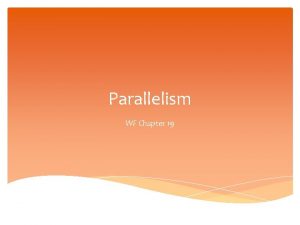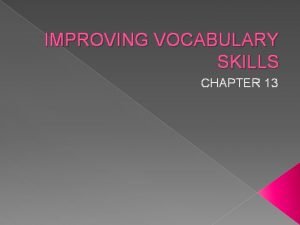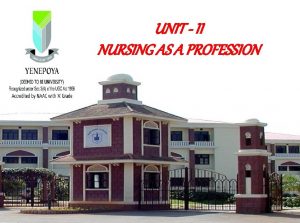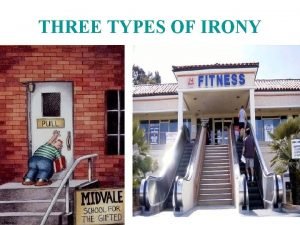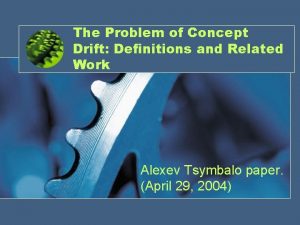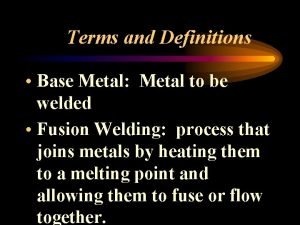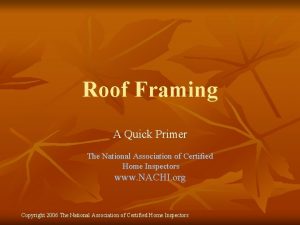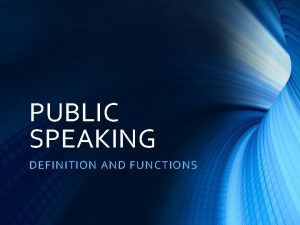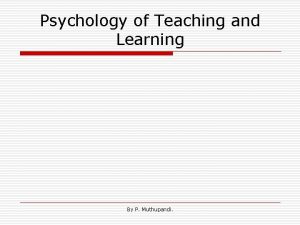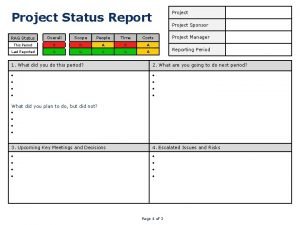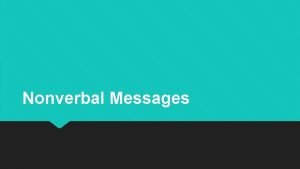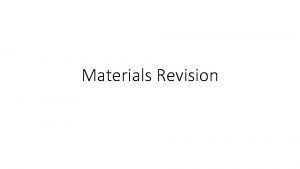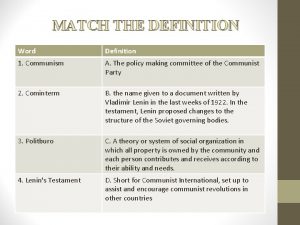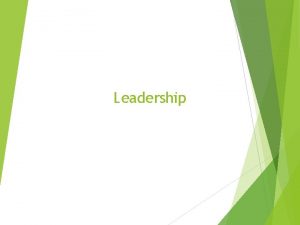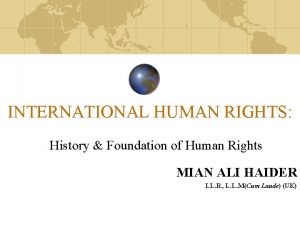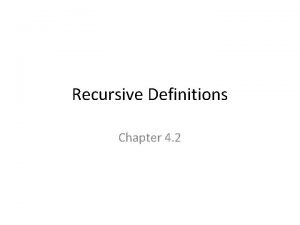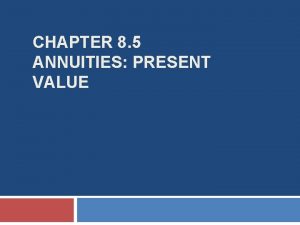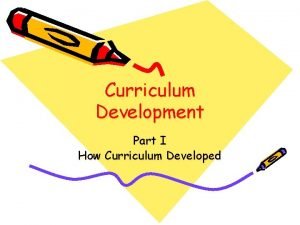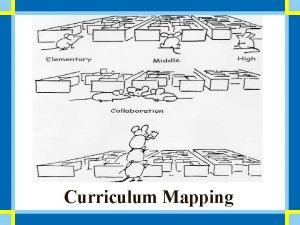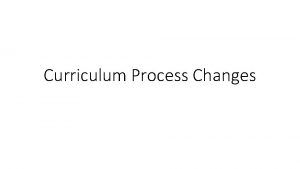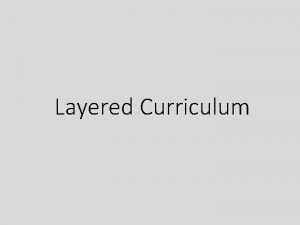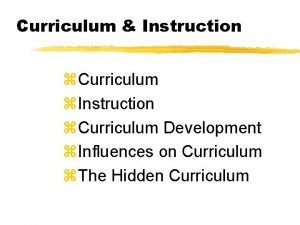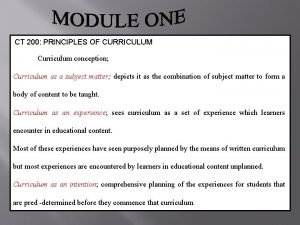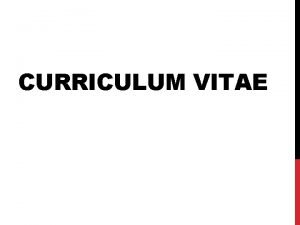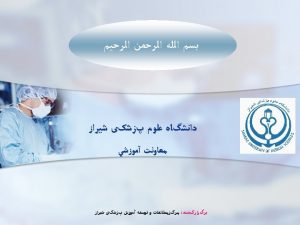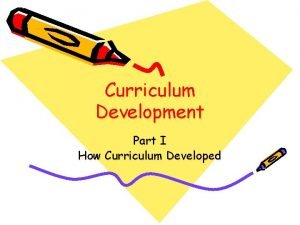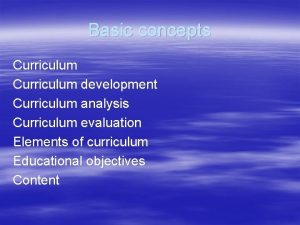Curriculum Chapter 4 Definitions of Curriculum 1 2

















- Slides: 17

Curriculum Chapter 4

Definitions of Curriculum 1. 2. 3. Curriculum is all of the experiences children have under the guidance of teachers. Curriculum encompasses all learning opportunities provided by school. Curriculum is a plan for all experiences which the learner encounters in school.

Who owns the curriculum? o o A teacher in a public school is an employee of the district, which is an educational entity of the state. It is the state, the governor, the legislature (the state dept. of education or state board of education) which has ultimate responsibility over the curriculum.

Curriculum…Thomas Popkewitz o o “I view curriculum as a particular, historically formed knowledge that inscribes rules and standards by which we ‘reason’ about the world and our ‘self’ as a productive member of that world. ” “Curriculum is a disciplining technology that directs how the individual is to act, feel, talk, and ‘see’ the world and the ‘self. ’ As such, curriculum is a form of social regulation. ”

Curriculum and Power Relationships o o o Expert knowledge shapes our thinking about much in our daily life. We think of it as “natural” but it is not…it is built from expert systems of thinking. We assume expert knowledge to be true.

Which do you know for sure is true? 5 1. 2. 0 The earth rotates around the sun. It’s autumn in the northern hemisphere. 3. God loves you. 4. You are alive.

Curriculum Standards o o Nothing new…in 1909 E. L. Thorndike developed handwriting standards measuring students’ penmanship performance Standards consider content and performance and remove the need for teachers to guess or make inferences about what students need to know Content standards specify what students should know and be able to do Performance standards specify the evidence needed to demonstrate achievement

Standards and Curriculum o o “Although most educators…argue that these standards are not the curriculum, standards do suggest the learning experience and opportunities that students should have under the guidance of the teachers. ” “…for many teachers, the standards have become the fusion of teachers’ public, professional, and personal knowledge that disciplines their choices and possibilities, and must therefore be thought of as the effects of power. ”

The Overt Curriculum o o o The overt curriculum is the open, or public, dimension and includes current and historical interpretations, learning experiences, and learning outcomes. Openly discussed, consciously planned, usually written down, presented through the instructional process Textbooks, learning kits, lesson plans, school plays etc.

Overt Curriculum o o o Provides students with science, history, math, literature Provides students with the knowledge society wants them to have…beyond the academics Social Responsibility…the overt curriculum should be “society’s messenger” (Benjamin Franklin)

Society’s Messsenger o o o In the 1600 s…for religious purposes…Old Deluder Satan laws (1642) In order to organize what students should learn and teachers should teach, The New England Primer was published (1690) In the late 1700 s and 1800 s, Americanization

The Hidden Curriculum o o o The processes…the “noise” by which the overt curriculum is transmitted “they are also learning and modifying attitudes, motives, and values in relationship to the experiences…in the classroom. ” The nonacademic outcomes of formal education are sometimes of greater consequence…than is learning the subject matter….

Results of the Hidden Curriculum o o o Notions of truth, ways of thinking, unstated implications Appraisals of self-worth Social Roles Middle-Class Perspectives Attitudes and Behavior Required for Work

I see myself 1. 2. 3. 4. As As an “A” kind of person a future leader in my field a hard worker a solid middle class member

The “What Knowledge” Debate o o The Scopes trial…before Scopes, religious faith was the common, if not universal, premise of American thought; after Scopes, scientific skepticism prevailed. A Nation at Risk (1983) return to the “basics”

The “Whose Knowledge” Debate o o …our arguments over curriculum are also our arguments over who we are as Americans, including how we wish to represent ourselves to our children The Canon…defining what is central and what is marginal

Curriculum Organization o o Societal level…politicians, special committees, experts Institutional level…set at the school, district, college…usually set along subject matter disciplines Instructional level…teacher planning and teaching students Ideological level…learning theorists and subject matter specialists
 Parallelism for paired ideas
Parallelism for paired ideas Improving vocabulary skills 5th edition
Improving vocabulary skills 5th edition Nursing definition in who
Nursing definition in who 3 kinds of irony
3 kinds of irony The problem of concept drift: definitions and related work
The problem of concept drift: definitions and related work Striker welding definition
Striker welding definition Framing terms and definitions
Framing terms and definitions Shoulder rom test
Shoulder rom test Definition of public speaking
Definition of public speaking Nature of psychology
Nature of psychology Rag report
Rag report Poverty definitions
Poverty definitions Verbal and nonverbal communication
Verbal and nonverbal communication Comparison between micro teaching and traditional teaching
Comparison between micro teaching and traditional teaching Revision materials
Revision materials Collectivisation definition
Collectivisation definition Leader ka meaning
Leader ka meaning Historical foundation of human rights
Historical foundation of human rights
